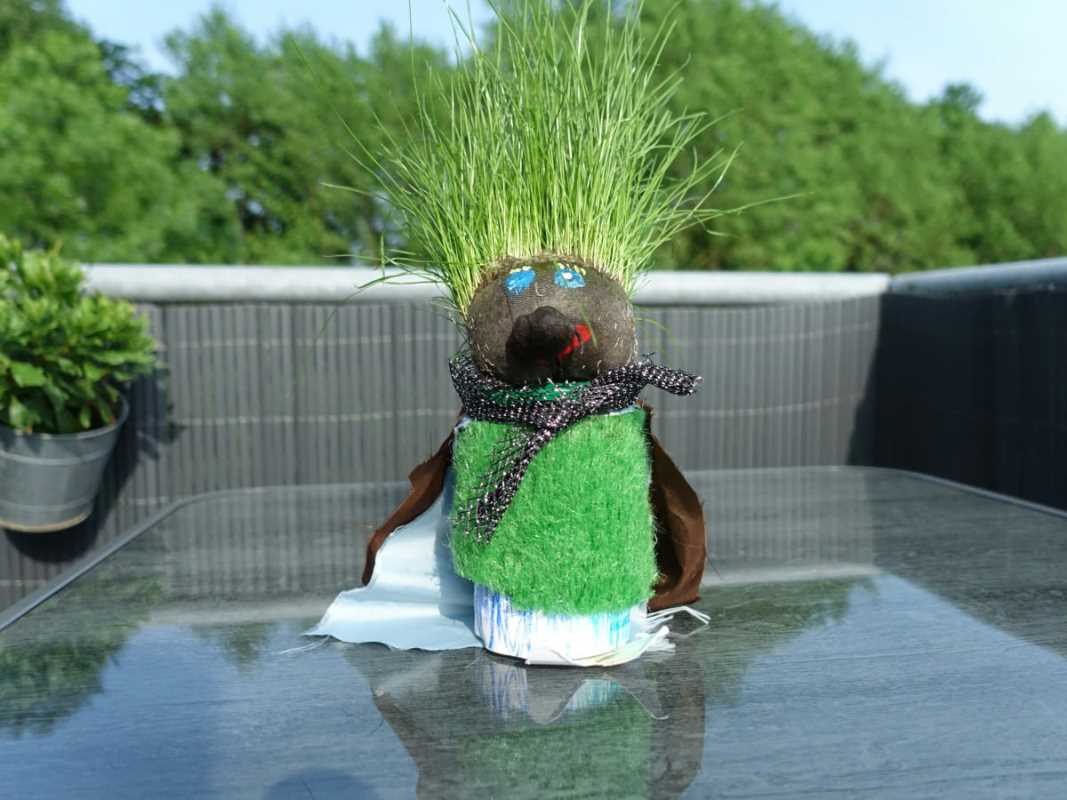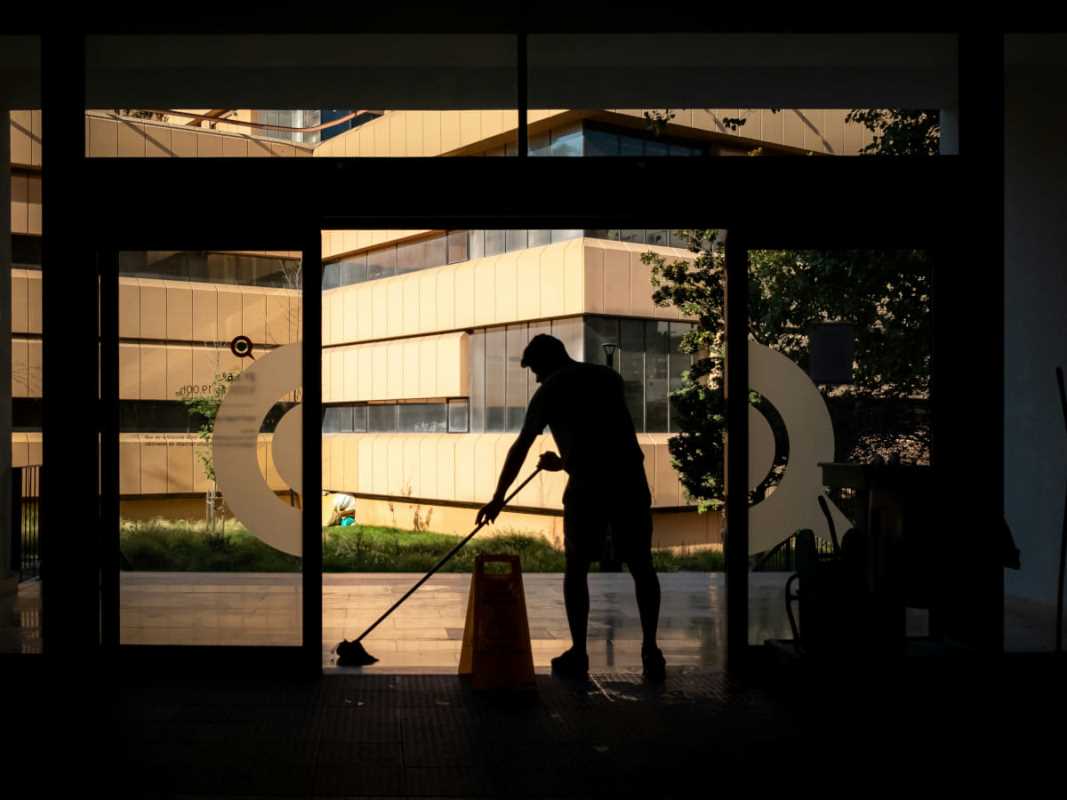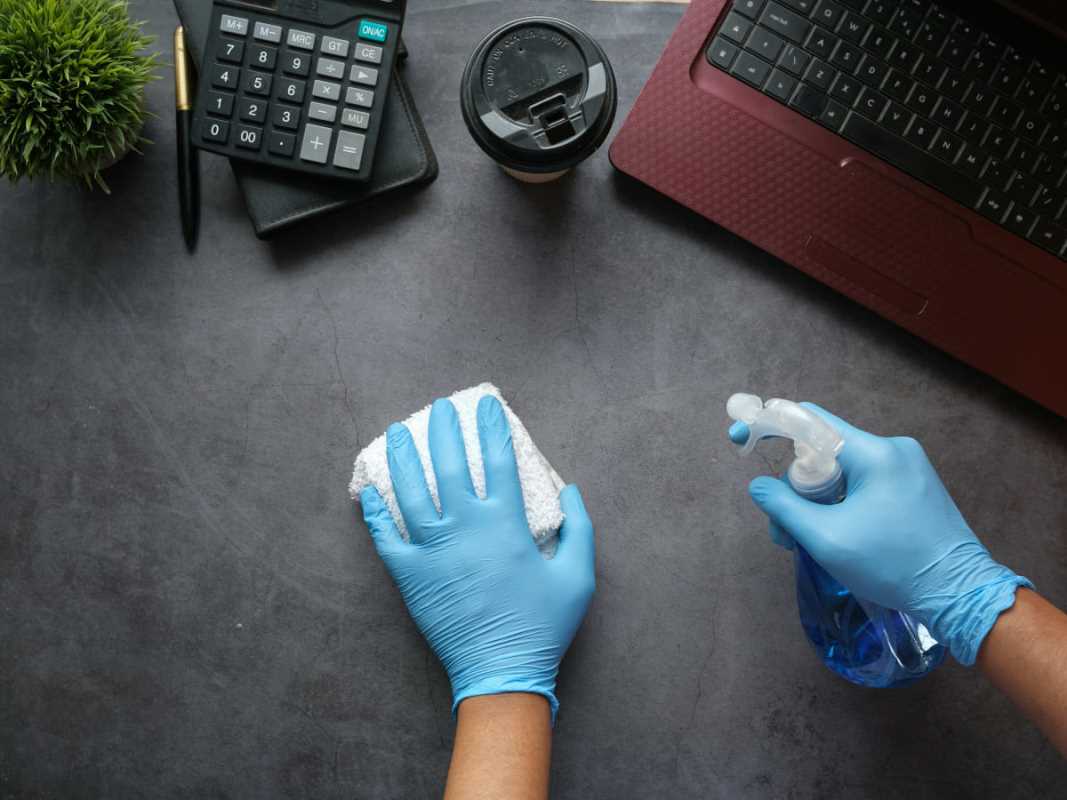Tackling DIY projects can feel like a mix of creativity, determination, and a sprinkling of good fortune. But here’s the thing about luck, it’s often less about what “just happens” and more about how you set yourself up for success. The great news is you don’t need four-leaf clovers or rabbits’ feet to start your DIY adventures on the right track. A touch of planning, a mindset shift, and a few resourceful strategies can have you feeling as if fortune is shining on every project you take on.
Laying a Solid Foundation
Every great DIY project starts long before you pick up a hammer or glue gun. Preparation is the secret sauce to smooth sailing, and it begins with knowing what you’re getting into. Too often, DIY enthusiasts (and even the pros) run into trouble because they skipped the planning phase in their excitement to get started.
First, take the time to research your project thoroughly. Whether you’re building a bookshelf or tiling a backsplash, having a clear set of steps and a full understanding of the process will make all the difference. Watch a few tutorials, read guides, and consider others’ tips and mistakes along the way.
Next, check your supplies and tools. Nothing derails a project faster than realizing mid-paint stroke that you’re missing half the materials. Make a checklist to ensure you’ve got everything you need before lifting a finger. Here’s a little extra luck in your corner, having extras of common supplies like nails, screws, or paint rollers never hurts.
Finally, set realistic goals and timelines. Life is busy, and cramming a complex DIY project into a single weekend is often a recipe for frustration. Give yourself some buffer time for unexpected snags or breaks so that you don’t feel rushed or discouraged. A little patience goes a long way.
Cultivating the Right Mindset
Luck isn’t just about making external preparations; it’s also about what happens between your ears. Your mindset plays a huge role in how well a DIY project unfolds, even when things go unexpectedly.
Start by ditching the idea of perfection. DIY projects are as much about the process as the outcome, and every minor imperfection tells a story. That crooked picture frame or off-center vase? It’s part of the handmade charm! Trust yourself to tackle problems as they arise, and you’ll keep frustration at bay.
Be open to learning opportunities. A failed attempt isn’t a step backward; it’s a step toward figuring out what works. Instead of throwing in the towel when something doesn’t pan out, look at it as a chance to improve your skills and pivot creatively.
And of course, don’t forget to celebrate the small wins. Completed one layer of a tricky paint job? Perfectly assembled a complicated piece of furniture? Take a moment to recognize your progress! Building confidence one small success at a time strengthens the can-do spirit you need for future projects.
Getting Creative with Resources
When you think of luck in the DIY world, it often looks like stumbling across the perfect piece of scrap wood or finding just the right-sized screws in the back of a drawer. But most of the time, being resourceful is the real game-changer, not blind luck.
Check out alternative or repurposed materials to save both money and the planet. Old pallets, thrift-shop finds, or forgotten treasures in your attic can become incredible components for your projects. That dusty mirror you almost tossed? With a little paint, it might be the standout piece your space was missing.
Another way to make your DIY life easier is by leaning on your network. Know a friend with a fully stocked toolbox? Borrowing tools for a one-off project can save you the hassle and cost of buying new ones. Similarly, don’t be shy about asking for advice or a helping hand. Sometimes, the best resources are the people around you who’ve been where you’re going.
Lastly, explore local DIY classes or online communities where you can exchange tips and ideas. Not only will you gain some inspiration, but you might also learn techniques you didn’t even know existed. It’s incredible what an online forum or shared workshop can spark.
Overcoming the Inevitable Hiccups
Even the most experienced DIYers know that projects rarely go perfectly from start to finish. But here’s the trick, how you handle those hiccups can make or break the process. A little troubleshooting goes a long way toward keeping your project on track.
The first step? Pause and assess. When you hit a snag, resist the urge to panic or hastily fix it. Step back for a moment to take stock of the problem. Often, the solution is simpler than it looks at first glance.
Think creatively about how to solve the issue. For example, if the table you’re building ends up a bit wobbly, instead of starting over, consider adding decorative shims or politely blaming your crooked floors. Flexibility is every DIYer's best friend.
If things feel too far gone, don’t be afraid to pivot entirely. A bookshelf that turned out too flimsy can easily morph into a quirky storage display. Sometimes, the best projects come from unexpected turns.
And, just in case, keep the contact information for a local expert on hand, someone who can swoop in if things truly spiral out of control. It’s never a bad idea to know when to call in reinforcements.
Celebrating the Final Flourish
When the last nail is hammered or the final coat of finish dries, it’s time to step back and admire your hard work. Cherishing the outcome, even if it didn’t turn out 100% as expected, is where all the magic of a DIY project comes together.
Once your project is complete, showcase it proudly. Invite friends or family over to admire your new floating shelves or handmade coffee table. Projects that incorporate personal touches often turn into great conversation starters.
Take time to reflect on what went well and what you’d do differently next time. This kind of recap provides the perfect opportunity to grow your DIY skills for future crafts. Plus, knowing how you overcame challenges can serve as motivation for the next big idea brewing in your mind.
Remember to share your success, too. Maybe it’s posting a picture online or teaching someone else the skills you just learned. These little victories might even inspire someone else to chase their DIY dreams.
Tackling a DIY project might seem like a mix of bravery, creativity, and luck, but as you’ve learned, you have control over most of those “lucky” elements. With a little preparation, an open mindset, and clever resourcefulness, you’ll soon find your own rhythm and conquer every project you take on this year.







